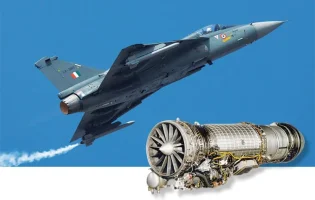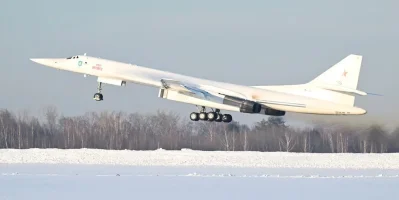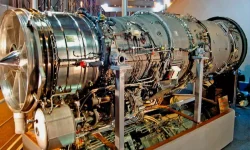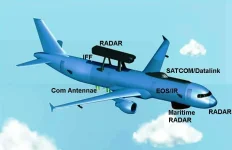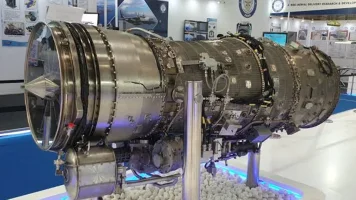- Views: 2K
- Replies: 8
India has significantly bolstered its air defence capabilities with the acquisition of a new VHF (Very High Frequency) radar system developed by Bharat Electronics Limited (BEL).
This advanced radar, featuring an Active Electronically Scanned Array (AESA) antenna, is designed to detect and track stealth aircraft, including those employing advanced stealth technologies like China's J-20 fighter and the potential J-35A that Pakistan is reportedly considering. This new system provides crucial early warning against stealth threats within a 200-kilometer range.
Stealth aircraft are designed to minimize their radar cross-section (RCS) in higher frequency bands, such as X-band, which are commonly used by modern air defence radars. However, VHF radars operate on much longer wavelengths (1 to 3 meters), rendering many stealth features less effective. This is due to a phenomenon known as Rayleigh scattering, where electromagnetic waves are scattered more by objects smaller than their wavelength. As a result, even stealth jets designed to evade higher frequency radars can be detected by VHF radar.
Furthermore, the size of stealth aircraft features often resonates with the long wavelengths of VHF radar, leading to increased radar returns and revealing aspects of the aircraft otherwise hidden from higher frequency radars.
This new BEL VHF radar serves as an early warning system, strategically positioned to scan vast areas of airspace and provide initial detection of stealth incursions. This early warning grants the Indian Air Force (IAF) valuable time to activate defence systems and scramble interceptors, effectively countering the element of surprise that stealth aircraft rely on.
While VHF radars may not be ideal for precise targeting due to limitations imposed by their wavelength, they excel at cueing other, more precise radar systems operating in the L, S, or X bands. These higher-frequency radars can then lock onto the detected aircraft for tracking and engagement.
The VHF band is less commonly used for radar applications due to challenges such as the requirement for larger antennas and susceptibility to atmospheric noise. However, this also means that stealth aircraft are less likely to possess countermeasures specifically designed against VHF frequencies, further enhancing the effectiveness of this new radar system.
The integration of this VHF radar into India's air defence network significantly alters the strategic landscape. By providing early detection capabilities, it acts as a deterrent against potential aggression, demonstrating that stealth advantages can be mitigated. This is particularly relevant given Pakistan's interest in acquiring advanced stealth fighters like the J-35A, which would now be under much closer surveillance.
This development exemplifies India's commitment to a layered defence approach, combining different radar technologies to achieve comprehensive airspace coverage and effectively counter evolving stealth threats. As stealth technology continues to advance, this radar system represents a proactive step by the IAF to maintain its edge in regional air superiority.

